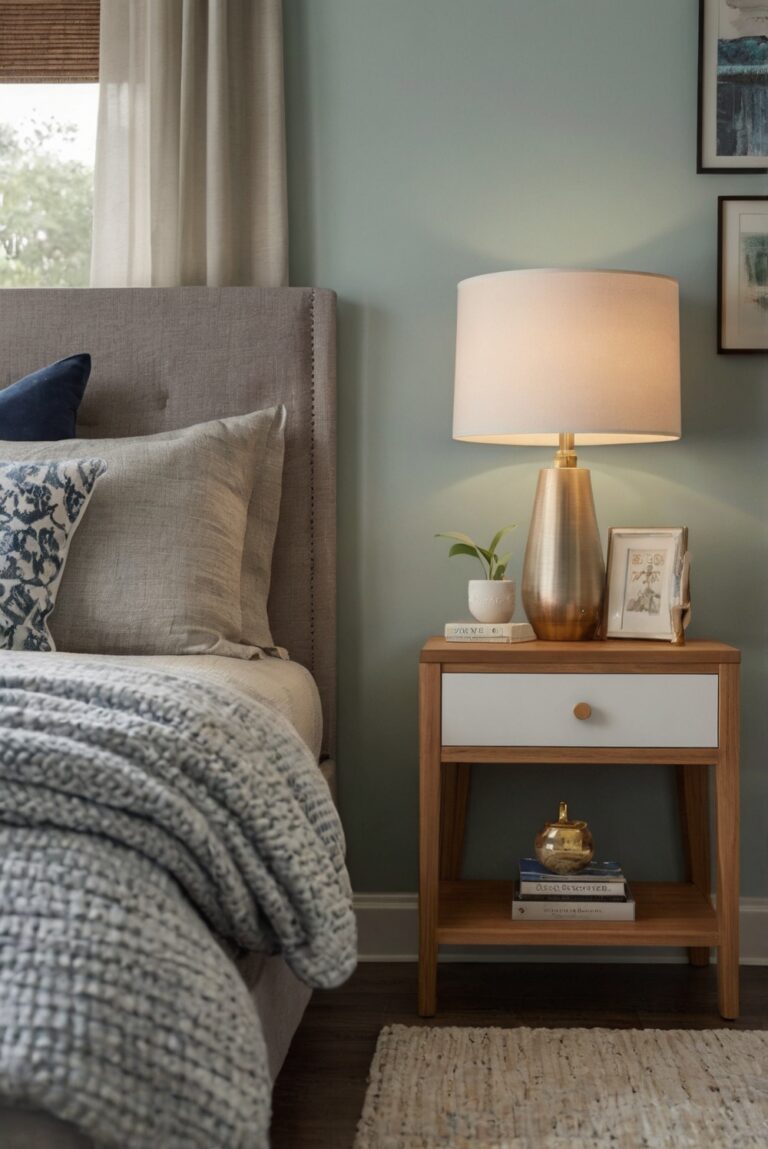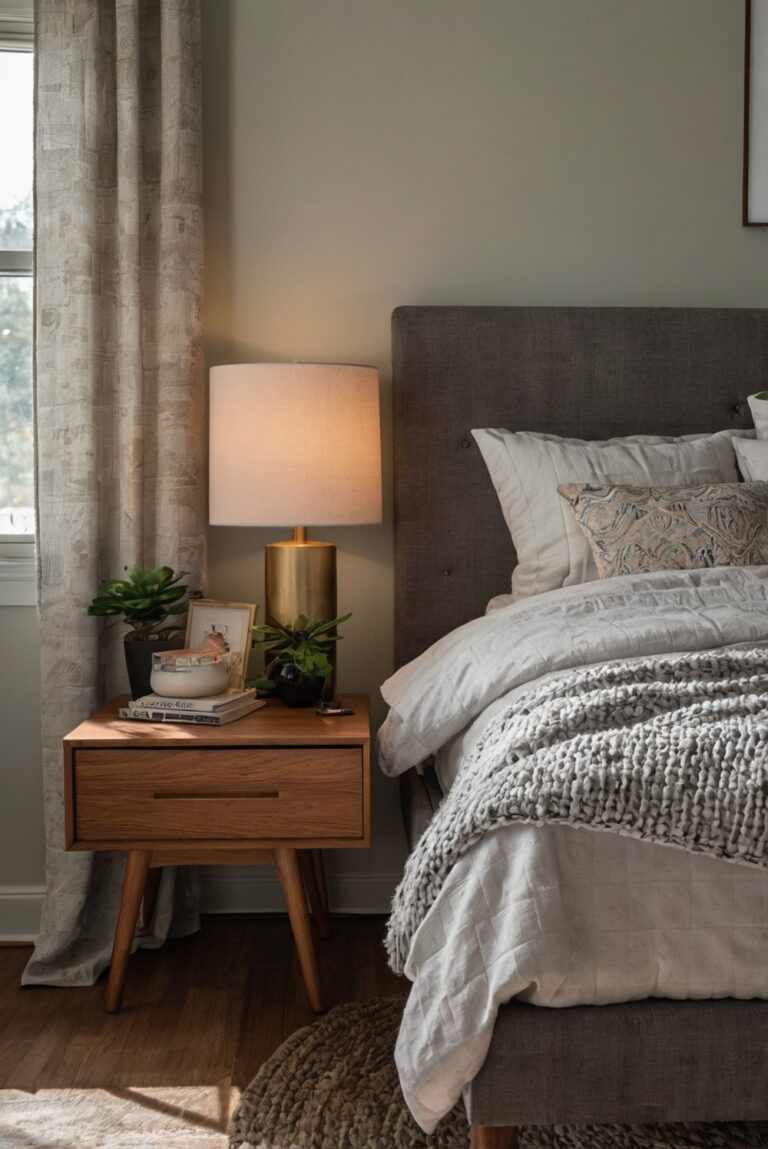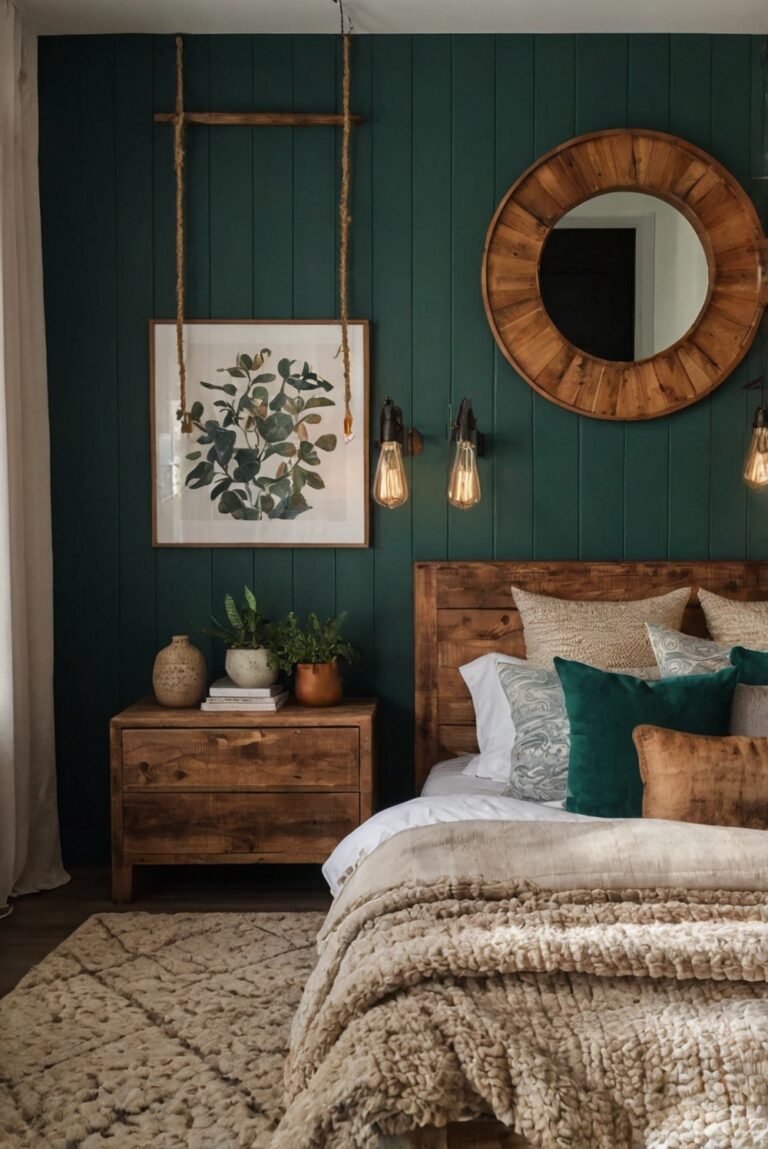Step up your interior design game with the best lighting options for a small living room. Explore creative ideas to brighten up your space!
**What are the best lighting options for a small living room?**
**Answer:**
In a small living room, it’s crucial to maximize natural light. Use sheer curtains to allow sunlight in while maintaining privacy. Enhance natural light with strategically placed mirrors to reflect it around the room. Opt for overhead lighting fixtures like flush mounts or recessed lights to avoid cluttering the limited space. Consider wall sconces or table lamps for additional ambient lighting. Utilize task lighting like floor lamps for reading nooks or accentuating specific areas. LED lights are energy-efficient options that can brighten the room without overheating. Experiment with dimmer switches to adjust the lighting for different moods. For a cozy atmosphere, mix warm and cool lighting tones. Always consider the room’s color scheme and layout to ensure the lighting complements the overall decor. Remember, a well-lit space can enhance the ambiance of your small living room.
Country: United States
1. Natural Light
2. Mirrors
3. Overhead Fixtures
4. Wall Sconces & Table Lamps
5. Task Lighting
6. LED Lights
7. Dimmer Switches
What are the best lighting options for a small living room?
When it comes to lighting a small living room, it is important to consider the size of the space and the atmosphere you want to create. Lighting plays a crucial role in enhancing the overall look and feel of a room. Here are some important factors to consider when choosing the best lighting options for a small living room:
– Natural Light: Natural light is the best source of light for any room. Make sure to maximize natural light by keeping windows unobstructed and using light-colored curtains or blinds that allow light to filter through.
– Overhead Lighting: To provide general illumination in the room, consider installing overhead lighting fixtures such as chandeliers, pendant lights, or recessed lighting. These fixtures can help distribute light evenly throughout the space.
– Task Lighting: Task lighting is essential for specific activities such as reading, working, or crafting. Floor lamps, table lamps, or wall-mounted lights can provide targeted lighting for these tasks.
– Accent Lighting: Accent lighting can highlight architectural features, artwork, or decorative items in the room. Use track lighting, wall sconces, or picture lights to accentuate these elements.
How can you create the illusion of more space with lighting in a small living room?
In a small living room, lighting can be used strategically to create the illusion of more space. Here are some important tips to make your small living room appear larger with lighting:
– Use Mirrors: Place mirrors opposite windows or light sources to reflect light and create a sense of depth in the room.
– Opt for Light Colors: Choose light-colored walls, furniture, and decor to reflect light and make the room feel more spacious.
– Use Vertical Lighting: Install wall sconces or floor lamps that direct light upwards to draw the eye upward and make the ceiling appear higher.
– Minimize Clutter: Keep lighting fixtures and cords streamlined and organized to avoid visual clutter that can make the room feel cramped.
What are the best types of light fixtures for a small living room?
When selecting light fixtures for a small living room, it is important to choose options that are both functional and visually appealing. Here are some important types of light fixtures that work well in small living rooms:
– Flush Mount Ceiling Lights: Flush mount ceiling lights are a great option for small living rooms with low ceilings as they provide ample light without taking up much space.
– Wall Sconces: Wall sconces can add a decorative touch to the room while providing ambient lighting. They are ideal for small living rooms where floor space is limited.
– Track Lighting: Track lighting is a versatile option that allows you to direct light where it is needed most. It is perfect for highlighting specific areas in the room.
– LED Recessed Lighting: LED recessed lighting is energy-efficient and can be installed in the ceiling to provide a clean, modern look without taking up valuable space.
How can you layer lighting in a small living room?
Layering lighting in a small living room involves combining different types of lighting to create a well-balanced and visually appealing environment. Here are some important tips for layering lighting in a small living room:
– Ambient Lighting: Start with ambient lighting such as overhead fixtures to provide general illumination throughout the room.
– Task Lighting: Add task lighting with table lamps or floor lamps to provide focused light for specific activities.
– Accent Lighting: Incorporate accent lighting with wall sconces or picture lights to highlight artwork or architectural features.
– Dimmer Switches: Install dimmer switches to control the intensity of light and create different moods in the room.
– Lighting Zones: Divide the room into lighting zones to cater to different activities and create a dynamic lighting scheme.
What are some creative lighting ideas for a small living room?
For a small living room, thinking outside the box when it comes to lighting can help you create a unique and inviting space. Here are some important creative lighting ideas for a small living room:
– String Lights: String lights can add a cozy and whimsical touch to the room, whether draped along walls or hung from the ceiling.
– Under-Cabinet Lighting: Install under-cabinet lighting in shelves or cabinets to illuminate decorative items and create a warm ambiance.
– Colorful Lampshades: Choose lampshades in bold colors or patterns to add a pop of color and personality to the room.
– Smart Lighting: Invest in smart lighting systems that allow you to control the lights remotely or set different lighting scenes for various occasions.
– Statement Chandelier: Make a statement with a unique chandelier that serves as a focal point in the room and adds a touch of elegance.
In conclusion, choosing the best lighting options for a small living room involves considering factors such as natural light, overhead lighting, task lighting, and accent lighting. By strategically using lighting to create the illusion of more space, selecting the right types of light fixtures, layering lighting, and incorporating creative lighting ideas, you can transform your small living room into a well-lit and visually appealing space.
1. What are the best types of lighting for a small living room?
The best types of lighting for a small living room are recessed lighting, wall sconces, and floor lamps. Recessed lighting can be installed in the ceiling to provide overall illumination without taking up space. Wall sconces are a great option for adding ambient lighting and can be mounted on the walls to save floor space. Floor lamps are versatile and can be placed in corners or behind furniture to provide both task and ambient lighting. By combining these three types of lighting, you can create a well-lit and visually appealing small living room.
2. How can I maximize natural light in a small living room?
Maximizing natural light in a small living room is essential to make the space feel larger and more inviting. To achieve this, you can use light-colored window treatments that allow natural light to filter through while still providing privacy. Additionally, strategically placing mirrors across from windows can help reflect light and brighten the room. Keeping windows clean and unobstructed by furniture or decor can also ensure that natural light enters the room freely. By maximizing natural light, you can reduce the need for artificial lighting and create a more open and airy atmosphere in your small living room.
3. What are the benefits of using dimmable lighting in a small living room?
Using dimmable lighting in a small living room offers several benefits, including the ability to adjust the brightness levels according to different activities or moods. Dimmable lights can help create a cozy and intimate ambiance for relaxing evenings or a brighter setting for reading or entertaining guests. By installing dimmer switches, you can control the amount of light in the room and save energy by reducing the overall light output when full brightness is not needed. Dimmable lighting also allows you to customize the lighting levels to suit your preferences and enhance the overall comfort and functionality of your small living room.
4. How can I create a layered lighting scheme in a small living room?
Creating a layered lighting scheme in a small living room involves combining different types of lighting to achieve a balanced and versatile illumination. Start by installing overhead lighting, such as recessed lights or a ceiling fixture, to provide general ambient light. Then, add task lighting, such as table lamps or floor lamps, to illuminate specific areas for reading, working, or other activities. Finally, incorporate accent lighting, such as wall sconces or picture lights, to highlight artwork or architectural features and add depth to the room. By layering these different types of lighting, you can create a dynamic and visually appealing space that is well-lit and functional.
5. How can I make a small living room appear larger with lighting?
To make a small living room appear larger with lighting, you can use several strategies to enhance the perception of space. First, choose light-colored walls and ceilings to reflect light and create a more open and airy feel. Positioning lights strategically to highlight vertical elements, such as curtains or artwork, can draw the eye upward and make the room seem taller. Using recessed lighting or track lighting to illuminate the ceiling can also create the illusion of a higher ceiling and expand the perceived height of the room. By combining these lighting techniques with mirrors and minimalistic furniture, you can maximize the visual space in your small living room and make it feel more spacious and inviting.




